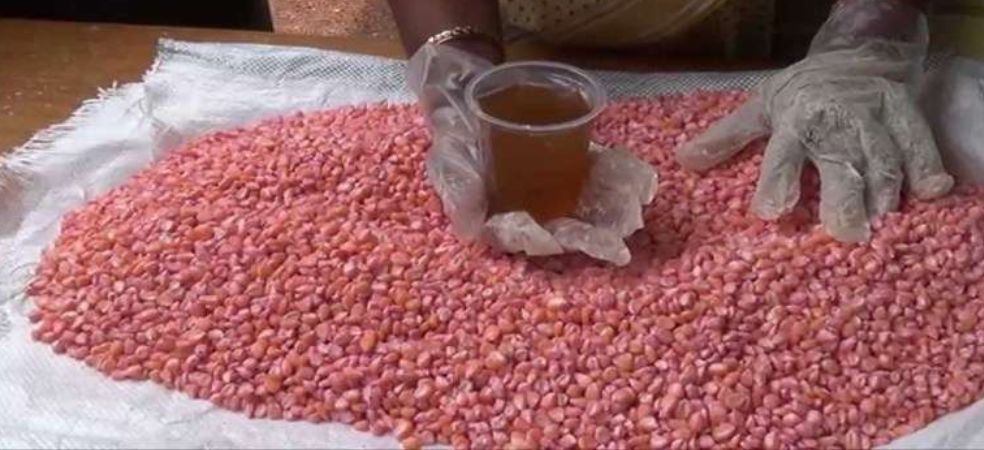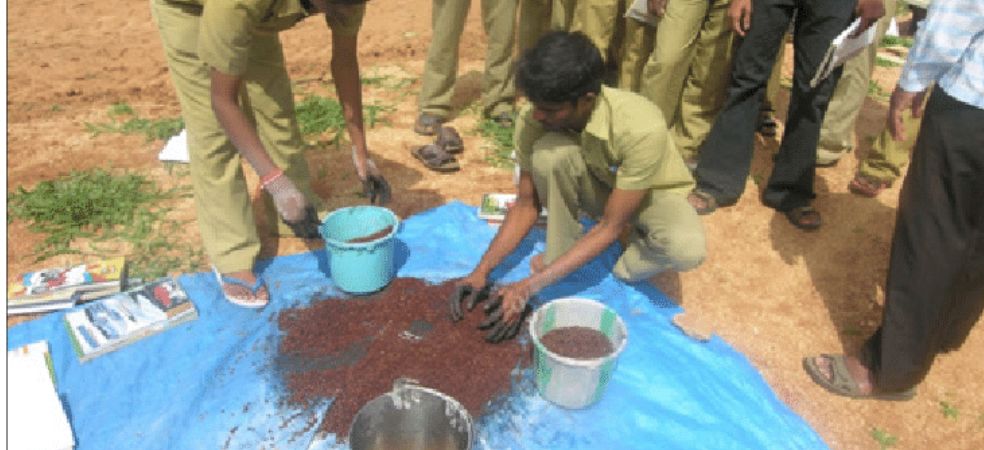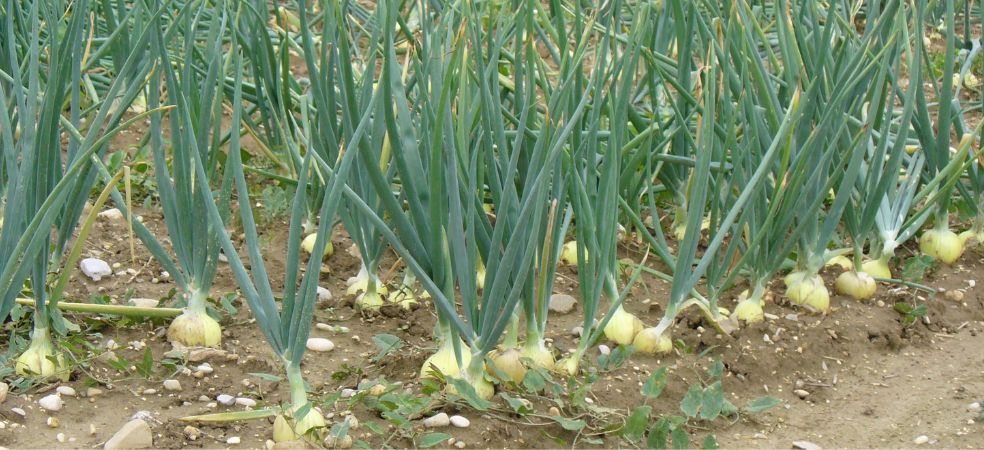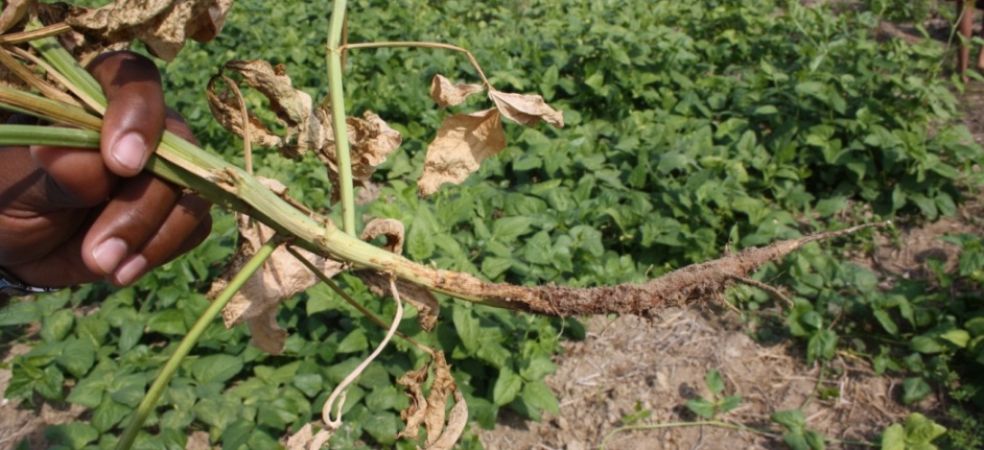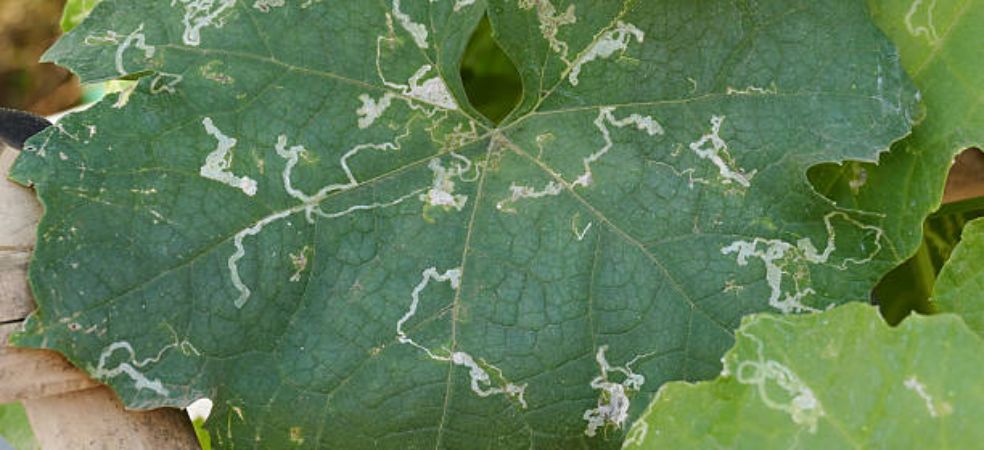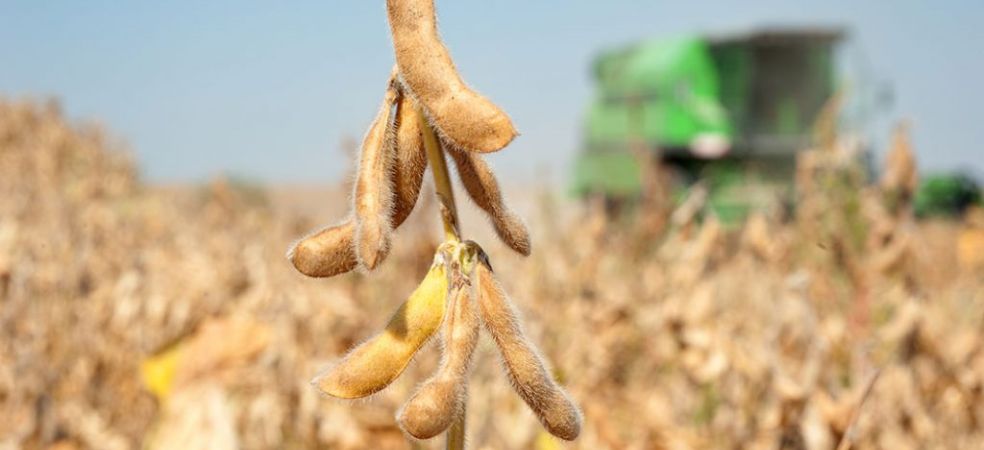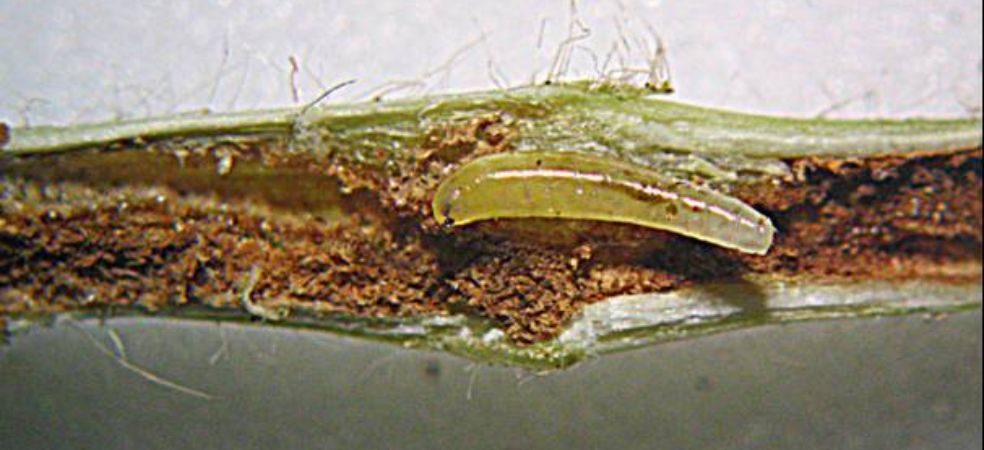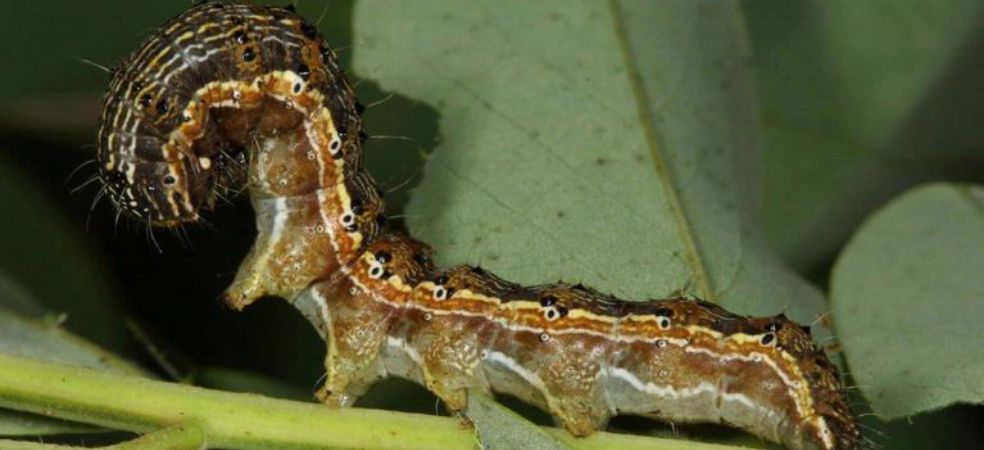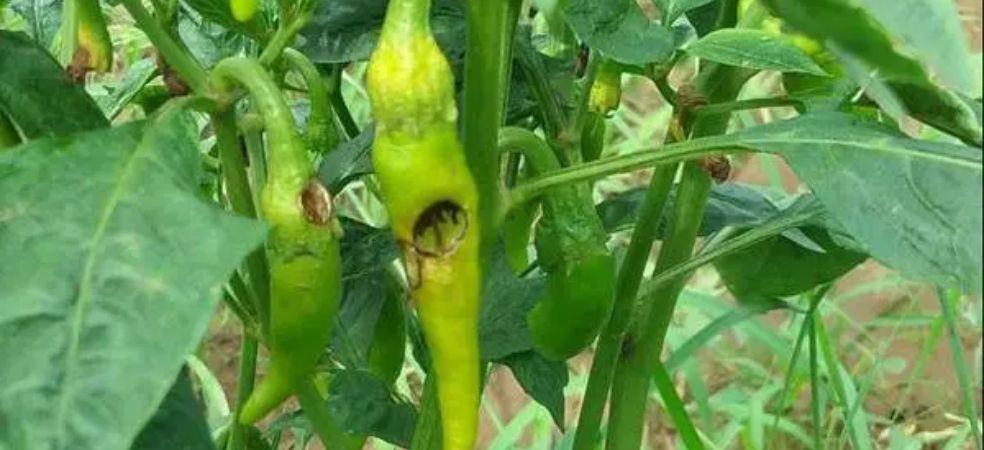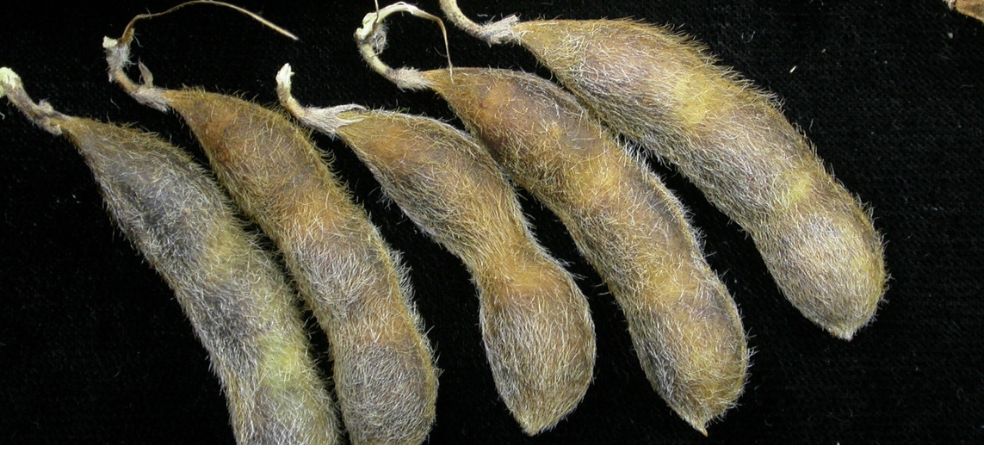-
Seed treatment is important to protect seeds and seedlings from diseases and pest pressure during planting. There are hundreds of pathogens and insects that can damage or even kill seeds or seedlings before they develop.
-
It can negatively impact crop progress throughout the growing season and have a significant impact on yield results at harvest time. It is effective in preventing the spread of both systemic and non-systemic plant diseases.
-
Effective in preventing the spread of both systemic and non-systemic plant diseases. Protects seeds from seed rot and plant blight. Once the seed is planted, the protective coating around the seed acts as a barrier against seed-borne and soil-borne organisms.
ShareFor such important information related to the agriculture sector and farmers, do read Gramophone articles daily. If you liked today’s information then don’t forget to like and share.

